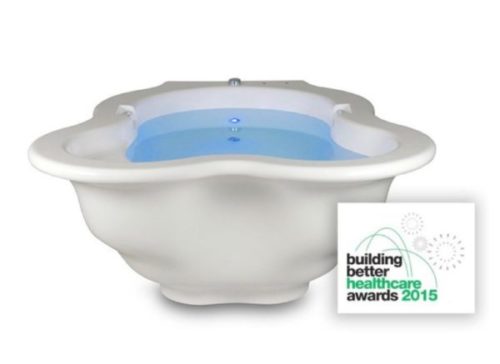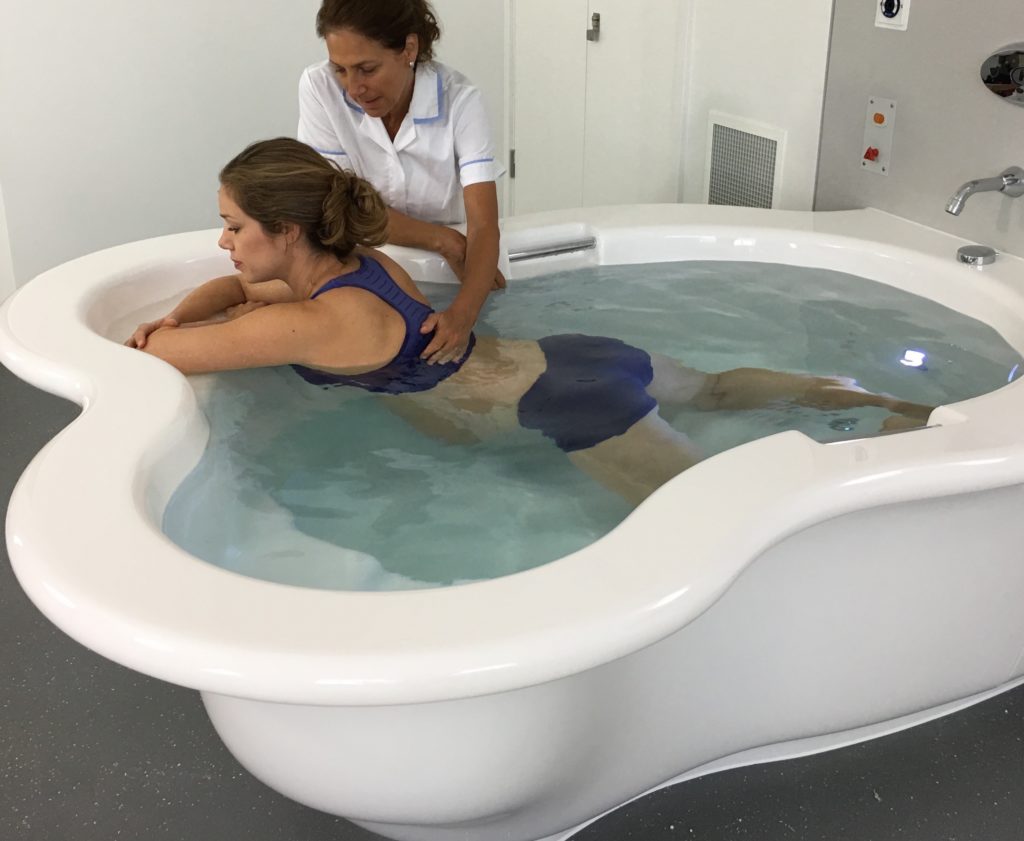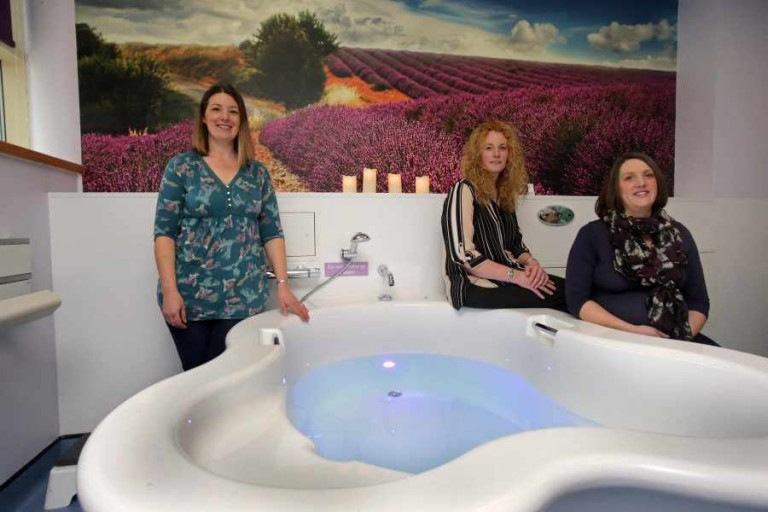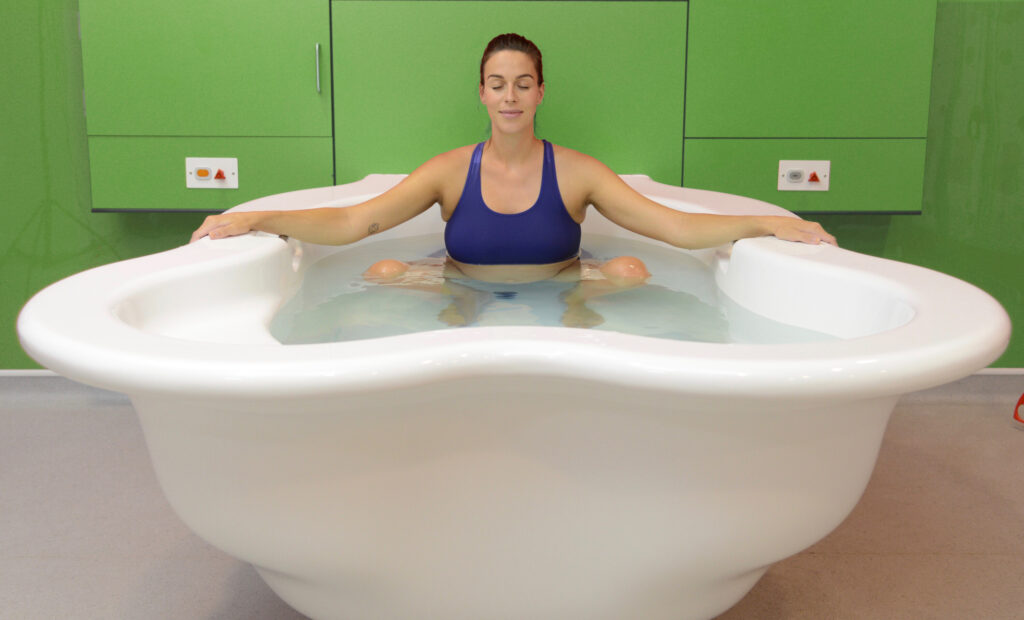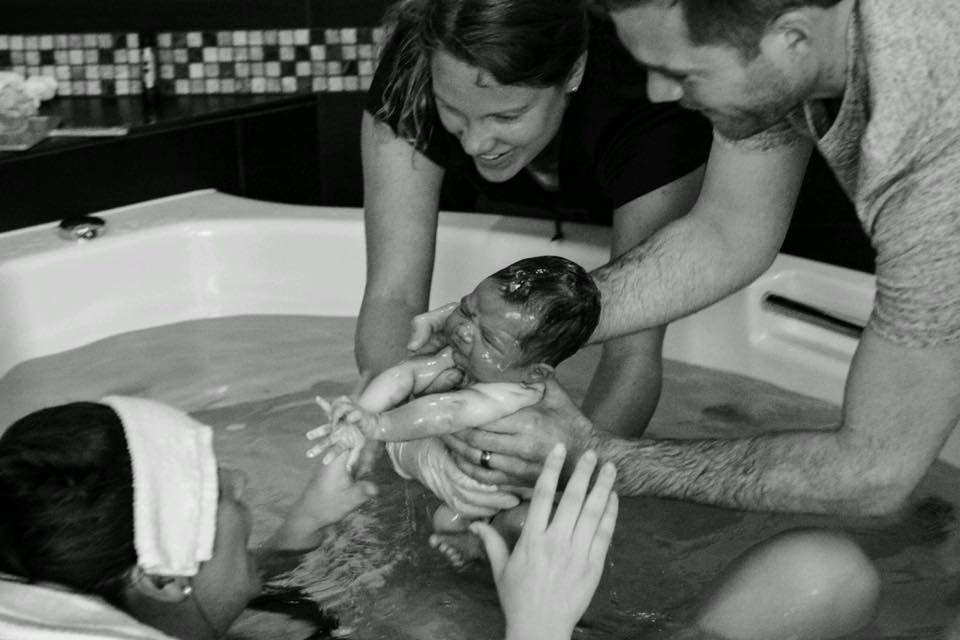Background: Water immersion during labour can provide benefits including reduced need for regional analgesia and a shorter labour.
However, in the United Kingdom a minority of women use a pool for labour or birth, with pool use particularly uncommon in obstetric-led settings.
Maternity unit culture has been identified as an important influence on pool use, but this and other possible factors have not been explored in-depth.
Therefore, the aim of this study was to identify factors influencing pool use through qualitative case studies of three obstetric units and three midwifery units in the UK.
Methods: Case study units with a range of waterbirth rates and representing geographically diverse locations were selected. Data collection methods comprised semi-structured interviews, collation of service documentation and public-facing information, and observations of the unit environment.
There were 111 interview participants, purposively sampled to include midwives, postnatal women, obstetricians, neonatologists, midwifery support workers and doulas.
A framework approach was used to analyse all case study data.
Results: Obstetric unit culture was a key factor restricting pool use.
We found substantial differences between obstetric and midwifery units in terms of equipment and resources, staff attitudes and confidence, senior staff support and women’s awareness of water immersion.
Generic factors influencing use of pools across all units included limited access to waterbirth training, sociodemographic differences in desire for pool use and issues using waterproof fetal monitoring equipment.
Conclusions: Case study findings provide new insights into the influence of maternity unit culture on waterbirth rates.
Access to pool use could be improved through midwives based in obstetric units having more experience of waterbirth, providing obstetricians and neonatologists with information on the practicalities of pool use and improving accessibility of antenatal information.
In terms of resources, recommendations include increasing pool provision, ensuring birth room allocation
Click here for PDF of the study


